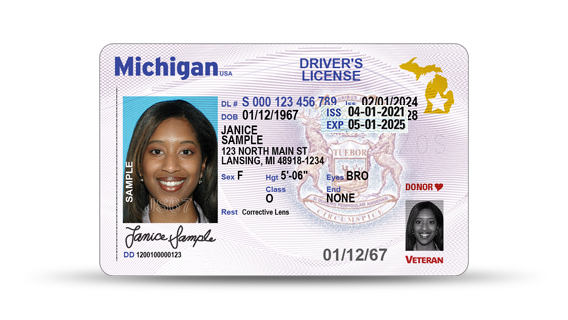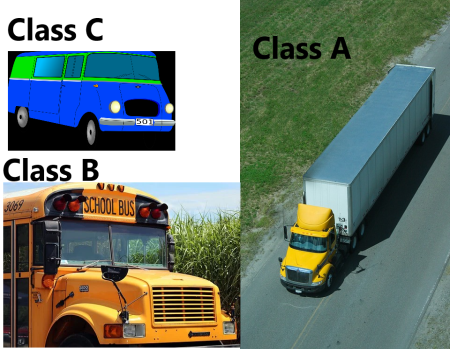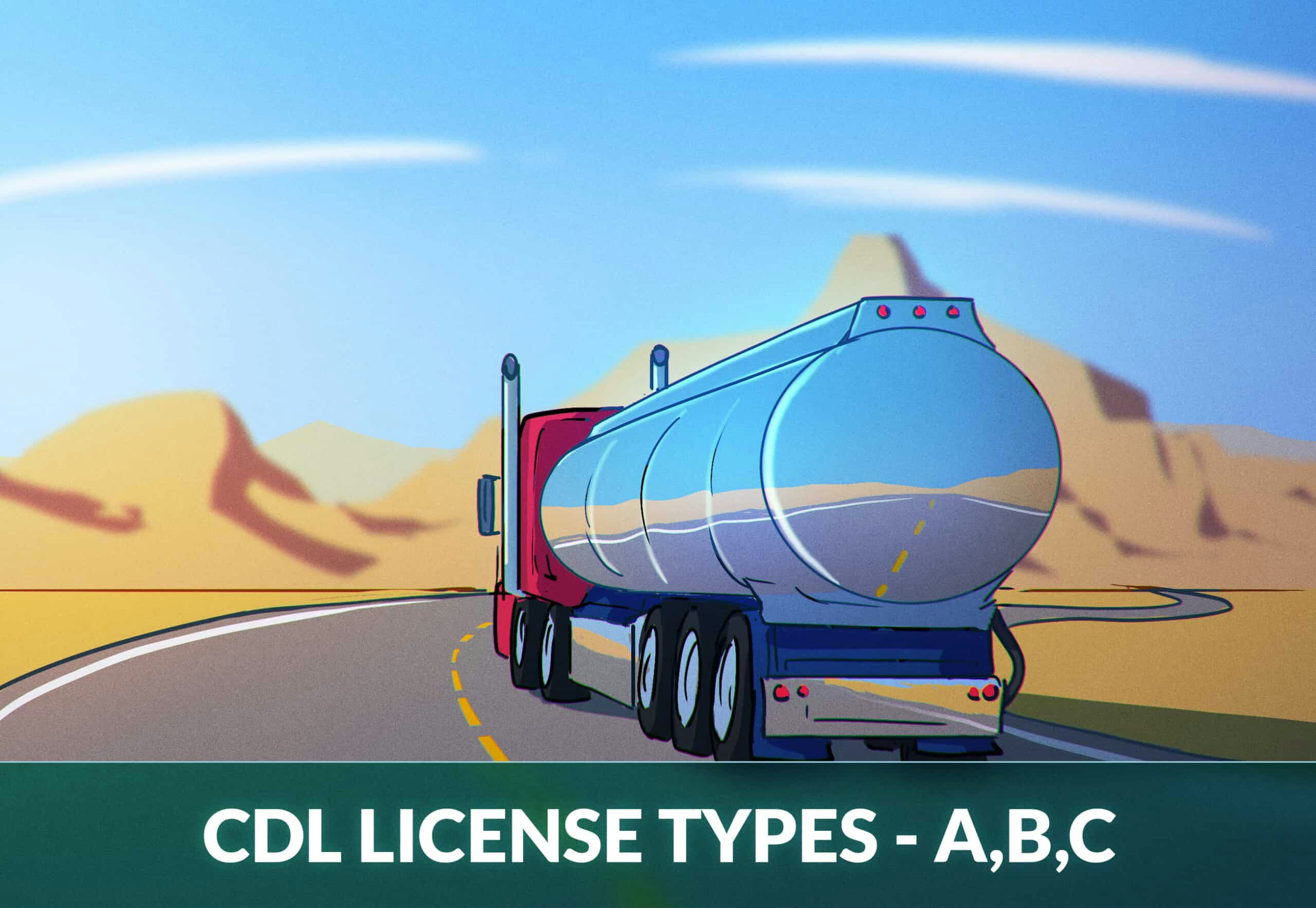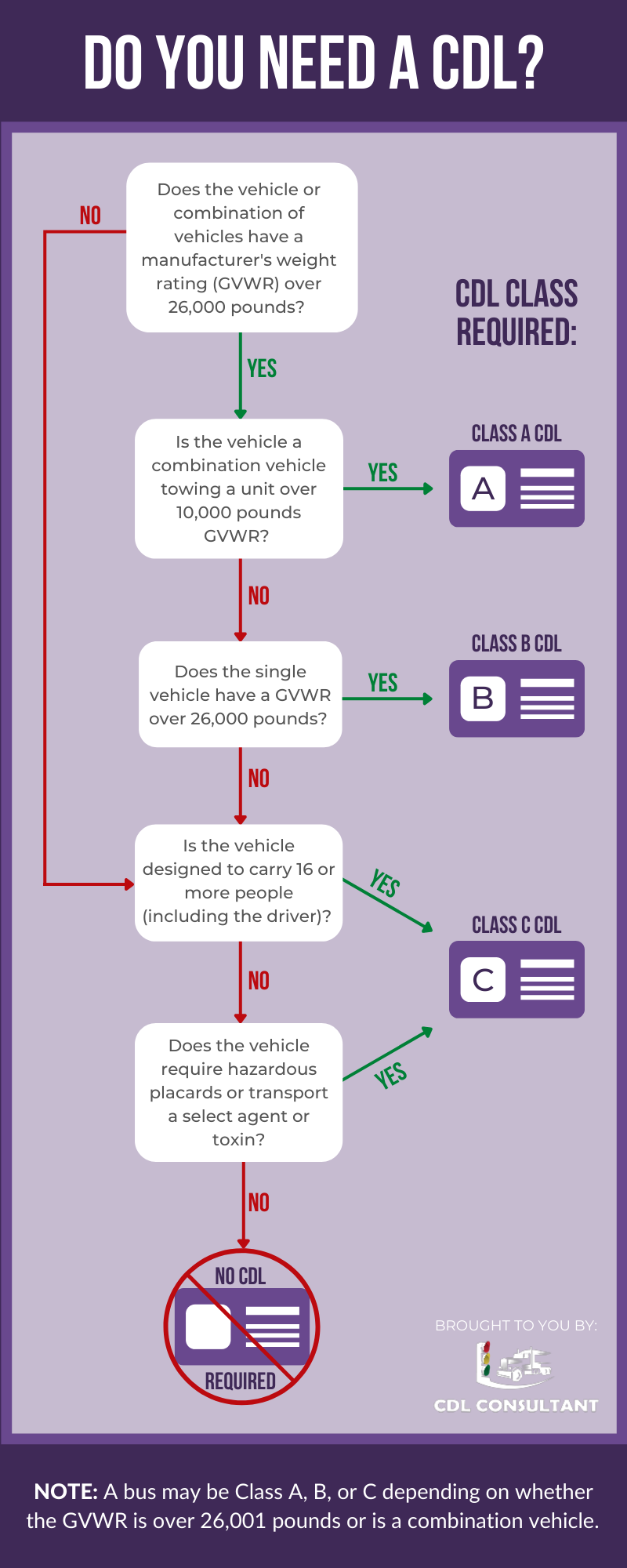Driver License Class B: What It Means and How to Get It
Obtaining a driver’s license is a crucial step in becoming an independent and responsible driver. There are different classes of driver’s licenses, each allowing the holder to operate different types of vehicles. One of the most common classes is Class B, which is required for operating certain vehicles like buses, trucks, and vans. In this article, we will discuss what a Class B driver’s license entails, who needs it, and how to obtain it.
What is a Class B driver’s license?
A Class B driver’s license is a type of commercial driver’s license (CDL) that allows the holder to operate vehicles with a gross vehicle weight rating (GVWR) of over 26,000 pounds, as well as trucks towing trailers with a GVWR of up to 10,000 pounds. This class of license is typically required for operating buses, straight trucks, large passenger vans, and other commercial vehicles that do not fall under the Class A category.
Who needs a Class B driver’s license?
Individuals who operate vehicles that fall under the Class B category are required to have a Class B driver’s license. This includes but is not limited to:
– Bus drivers
– Tow truck drivers
– Delivery drivers
– Couriers
– School bus drivers
– City bus drivers
– Tour bus drivers
If you are unsure whether you need a Class B license, it is recommended to check with your state’s department of motor vehicles for specific requirements.
How to obtain a Class B driver’s license
Obtaining a Class B driver’s license involves several steps, including meeting certain eligibility requirements, passing written and skills tests, and obtaining proper endorsements if necessary. Here is a general overview of the process:
1. Meet the eligibility requirements: To apply for a Class B driver’s license, you must be at least 18 years old, have a valid non-commercial driver’s license, and meet any additional requirements set by your state’s department of motor vehicles.
2. Study for the written test: Before taking the written test for the Class B license, it is recommended to study the commercial driver’s license manual provided by your state’s DMV. The manual covers topics such as vehicle inspection, basic vehicle control, safe driving practices, and more.
3. Take the written test: Once you feel prepared, schedule an appointment to take the written test at your local DMV office. The test will assess your knowledge of commercial driving rules and regulations, and you must pass with a score of at least 80% to move on to the next step.
4. Obtain a learner’s permit: If you pass the written test, you will be issued a learner’s permit, which allows you to practice driving a Class B vehicle under the supervision of a licensed CDL holder. You must hold the learner’s permit for a specific period before taking the skills test.
5. Practice driving: During the learner’s permit period, it is crucial to practice driving the Class B vehicle you plan to operate. This will help you gain confidence and improve your skills behind the wheel.
6. Schedule and take the skills test: Once you feel ready, schedule an appointment to take the skills test at your local DMV office. The skills test consists of a pre-trip inspection, basic vehicle control test, and an on-road driving test. You must pass all three parts to obtain your Class B driver’s license.
7. Obtain endorsements if necessary: Depending on the type of vehicle you plan to operate, you may need to obtain endorsements on your Class B license. Common endorsements include passenger (P) endorsement for operating buses with passengers and school bus (S) endorsement for operating school buses.
In conclusion, obtaining a Class B driver’s license is a necessary step for individuals who operate certain types of commercial vehicles. By following the steps outlined above and meeting the requirements set by your state’s DMV, you can achieve your goal of becoming a licensed Class B driver. Remember to always drive safely and responsibly to ensure the safety of yourself and others on the road.













